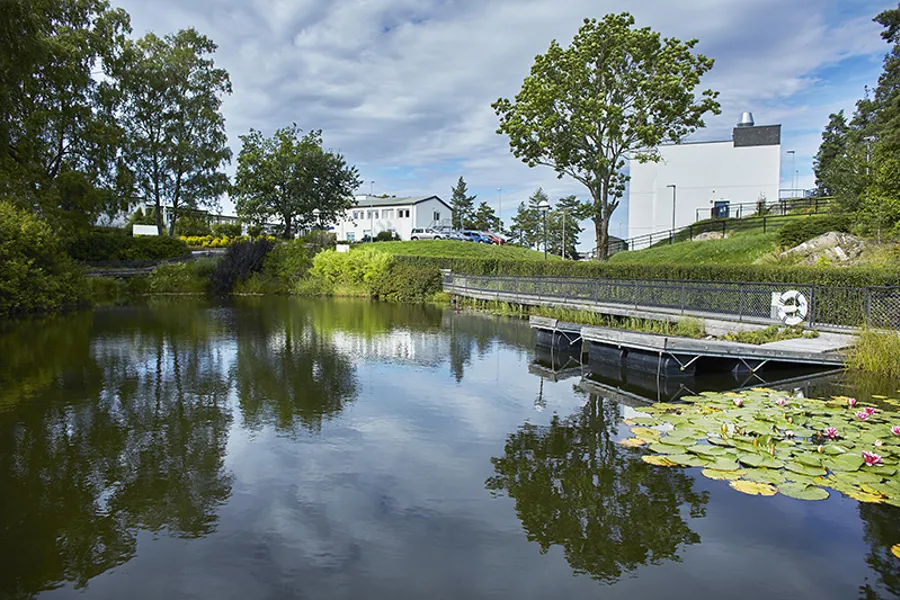The EXPLAIN study: Exploring Arthrogryposis Multiplex Congentica in adults in Norway
Project leader
Lena Lande Wekre, MD, PhD, Senior Consultant at TRS National Resource Center for Rare Disorders, Sunnaas Rehabilitation Hospital
Abstract
Arthrogryposis Multiplex Congenita, AMC, is a descriptive term for the presence of multiple joint-contractures in two or more body areas at birth1. Several hundred conditions, from well-defined syndromes to non-specific combinations of contractures, are described to have AMC as a clinical sign. However, these conditions vary widely in terms of genetic origin, pathophysiology and clinical presentation.
Children with AMC usually receive a close, clinical follow-up with extensive orthopedic surgery, manipulation of joints, physiotherapy and occupational therapy. However, the follow-up becomes considerably less with age. This is probably related to the lack of knowledge about aetiology, function and needs of adults with AMC. Our group recently performed a scoping review revealing knowledge gaps related to ageing and implications on daily life, but also regarding the etiological causes behind AMC.
The overarching aim of this project is to gain new insights into the phenotype - genotype connection of AMC. Further, we will close important knowledge gaps about the implications of the disease on daily life of adults. We will invite all patients registrered at the National Resource Center for AMC to take part in the study, which will perform extensive examinations based on the unique combined competence of the multidisciplinary team.
Ethical approvals
REK nr. 374656
SIKT nr. 522592
Funding
The project has received economical support from The Norwegian National Advisory Unit on Rare Disorders, NKSD, and TRS National Resource Centre for Rare Disorders to carry out a scoping review article on AMC, in order to be able to identify knowledge gaps and prepare the protocol for this project.
External funding from HSØ granted from 2024.
Time period
2021-January 2023: Carried out the scoping article and prepared the protocol
Autumn 2023-spring 2027: Execute the actual project
